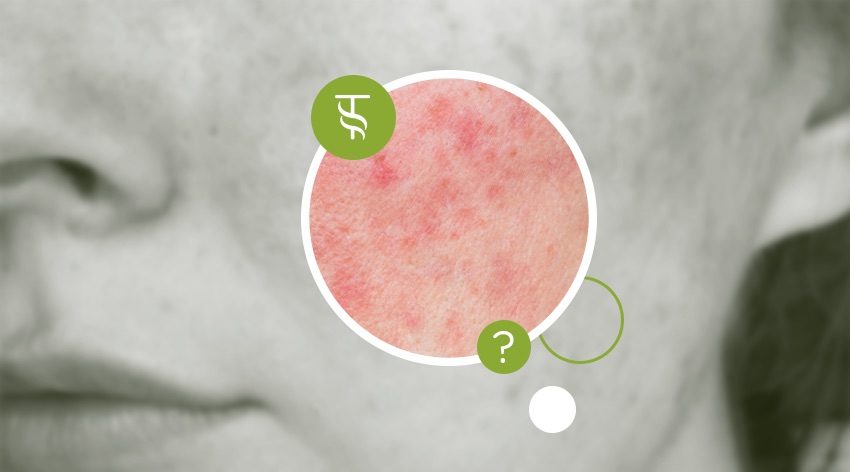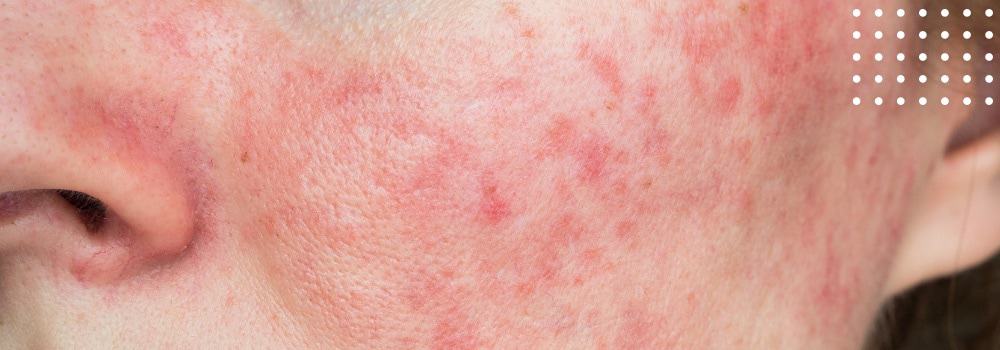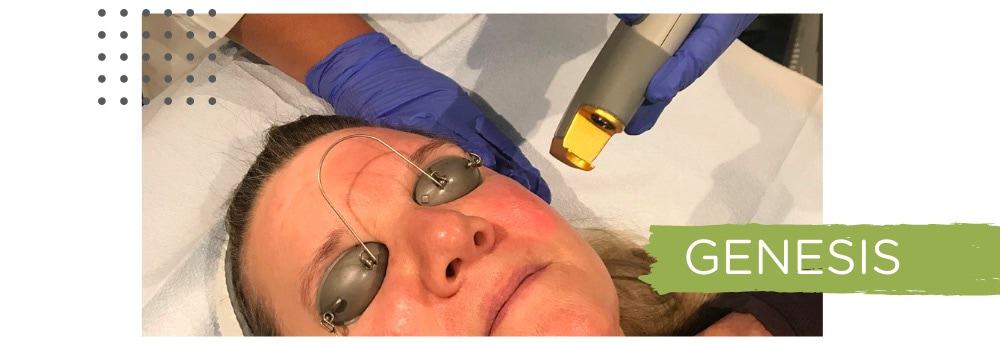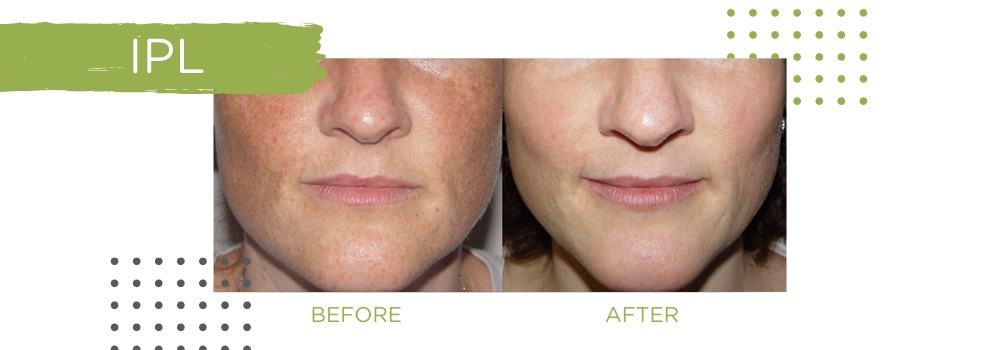
What is Rosacea… and How Do I Treat It?
A chronic and common skin condition that causes blushing or flushing and visible blood vessels in the face, rosacea impacts an estimated 14 million Americans. The signs and symptoms can include facial redness, acne-like pimples, visible small blood vessels on the face, swelling, and/or watery, irritated eyes.
The good news is that while the cause of rosacea is unknown and there is no cure, knowledge of its signs and symptoms has advanced to where they can be effectively controlled with medical therapy and lifestyle changes. Rosacea Awareness Month seeks to educate the public about this disease to empower people who may have rosacea to seek medical help to prevent worsening effects over time.
Without knowledge of the condition or potential treatments, many sufferers face frustrations and challenges and fail to seek the medical assistance that can get the condition under control and manage the symptoms and occasional flare-ups. While talking to a physician is always your best choice, it is important to educate yourself and understand the symptoms, causes, and treatments for skin redness. Here is what you need to know.
Who Gets Rosacea?
Rosacea can affect anyone. With that said, rosacea generally begins after age 30 and goes through cycles of flare-ups and remissions. It occurs most often among people with fair skin who tend to blush or flush easily, and more often among women than men. However, when men do have rosacea, they tend to suffer from more severe symptoms.
What Are the Symptoms of Rosacea?
Besides persistent skin redness, other common symptoms associated with this condition are red bumps, eye irritation such as dryness and redness, and hot, tender skin. Sometimes, small blood vessels on your nose and cheeks can become visible and sometimes swollen.
What Causes Rosacea?
The actual cause of rosacea is unknown, however, it can be affected by different hereditary and environmental factors. Common factors that can trigger rosacea and skin redness are sunlight, temperature extremes, stress, certain foods, and drugs that dilate blood vessels. Redness is common in fair-skinned women between the ages of 30 and 60—especially the ones with a family history of rosacea.
What Are the Treatments for Rosacea?
Treatments for rosacea and redness depend on how severe the sin reaction is. At Timeless Skin Solutions, we have developed various multi-tiered treatment protocols to address your specific rosacea symptoms and the underlying vascular disorder. With the advanced technology of lasers, we can treat redness and rosacea, and remove facial veins safely and effectively without scarring.
- Laser Genesis – A safe laser treatment that smooths fine lines and scars, improves the texture of the skin and decreases redness and pore size with no downtime.
- IPL/PhotofaciaL -Improve redness/ Erase brown spots,even texture, and lines and wrinkles all with no downtime.
These treatments are both done at the same visit, allowing Genesis to enhance the effects of IPL.
At Timeless Skin Solutions, our providers can help you to determine the best approach to treating your rosacea and achieving your skincare goals. Our goal is to help you look natural and refreshed – you, just a little better. Contact us if you have any questions about your skincare journey today.



